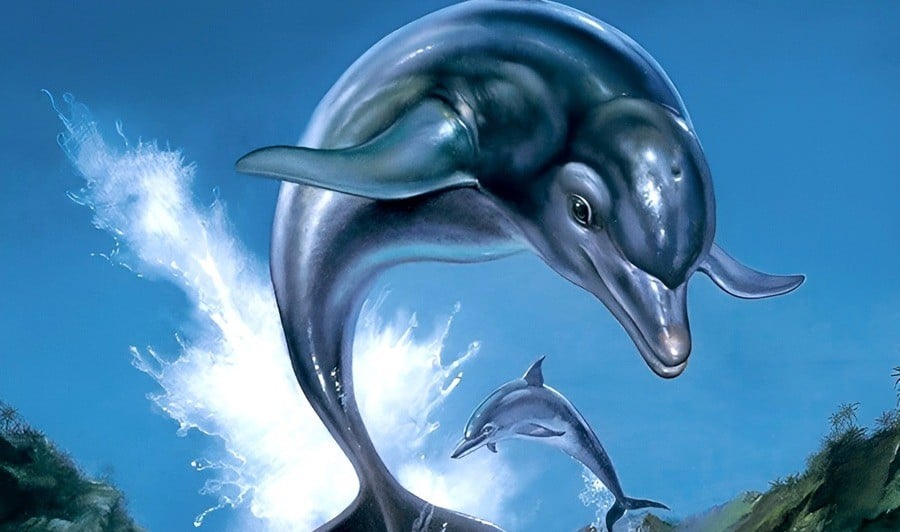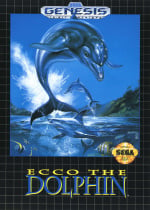
Back in the early '90s, Sega and Novotrade International released Ecco The Dolphin — a unique underwater adventure for the Sega Mega Drive / Genesis starring a cute bottlenose dolphin and featuring a pretty bonkers plot about sunken cities, extraterrestrials, and time travelling devices.
Originally hitting North America in 1992, the game went on to become a huge success on the 16-bit console and was unsurprisingly translated into a few different languages, including Japanese, following its debut.
However, according to a recent tweet from Ryoichi Hasegawa, one of the individuals tasked with handling its Japanese localization at Sega, the process of translating the game into Japanese from English, didn't exactly prove to be the most straightforward, with the former Sega employee having to come up with his own unique pipeline to get the Japanese script to the game's developers in Hungary.
You see, whereas most translators today are able to conduct their business via email, using spreadsheets and Japanese-language fonts, these options apparently weren't available to Hasegawa and his team, with the localization expert stating they had "no internet, no email, no Excel, no text files, no TrueType fonts—nothing of what we have today", while replying to the series creator Ed Annunziata.
He then went on to describe the rather laborious-sounding workaround he created in their stead, which included making bitmap images of all the hiragana and katakana characters in the game (as well as commas, periods, exclamation points, question marks, and overstrikes), before printing them page by page and faxing them over to Novotrade's artists, along with a codex that would help the developer know how to implement them.
He recalled, "Each character was assigned a code based on rules such as: H for hiragana, K for katakana 01, 02, 03, 04, 05 for vowel rows A, K, S, T, N, H, M, Y, R, W for consonant columns d for overstriking dots, c for overstriking circles sp for space. For example, the phrase "こんにちは" should be converted to something like: H05K, H05W, H02N, H02T, H01H."
Despite how complicated this all sounds, it actually ended up working surprisingly well in practice, according to Hasegawa, with the Japanese developer stating online, "To my surprise, the system we created was quite robust. There were only a few text-related bugs, mostly caused by my typos.
He even stated he sort of misses jobs like these, commenting "It feels like we were in the stone age compared to today's methods, but I still cherish those moments."
In case you're unaware, earlier this year, Annunziata announced via an interview with Xbox Wire that he was working on a set of remasters and a new game, with a website currently being active ticking down to an announcement set to take place next year, in April 2026.
Not much is known about these projects just yet, but we can imagine whoever has to localise these projects will probably have a much smoother ride than their predecessors.


